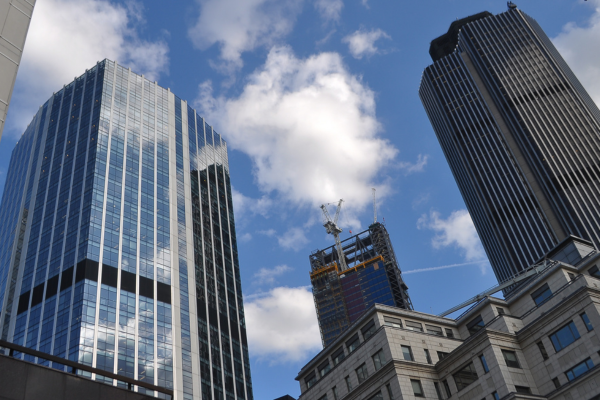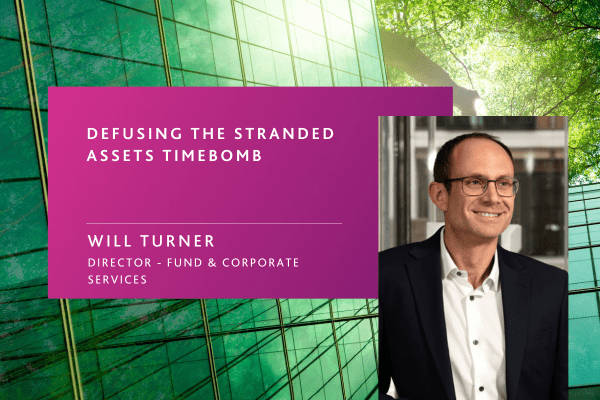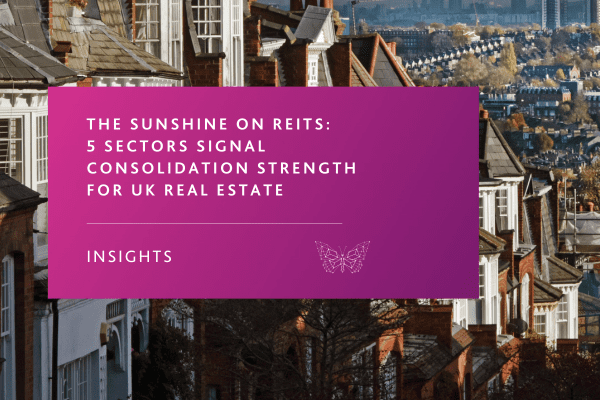With over 35 years’ experience in structuring complex real estate portfolios, JTC can administer real estate assets, from large commercial and residential developments to luxury family homes. With over US$50 billion of real estate assets under administration, their uses are diverse, ranging from offices, retail space, industrial buildings, hotels, student housing, care homes and luxury residential properties.
Our experienced team provides the highest standard of professional administration, accountancy, director and investor reporting services. We use our expertise and knowledge to support real estate managers to focus on their core competencies. With long-lasting relationships with major lending organisations and brokers we help clients to source, negotiate and coordinate real estate financing and refinancing.
JTC’s private client real estate specialists are spread across all of our offices, with our real estate accounting teams specialising in IFRS and GAAP for property structures. We also have extensive Sharia experience of real estate structures, including investment and development.
Handling the Complexities of Real Estate Structuring and Administration
Adaptable solutions for evolving market demands.
Find Your Local Team
Your Experts
Drawing on the combined knowledge of our multi-jurisdictional teams, JTC can support all of your real estate structuring and administration needs.
Insights from Our
Real Estate Specialists
Insights from Our
Real Estate Specialists
Insights from Our
Real Estate Specialists
Your Experts
Drawing on the combined knowledge of our multi-jurisdictional teams, JTC can support all of your real estate structuring and administration needs.
Your Experts
Drawing on the combined knowledge of our multi-jurisdictional teams, JTC can support all of your real estate structuring and administration needs.
Insights from Our
Real Estate Specialists
Insights from Our
Real Estate Specialists
Your Experts
Drawing on the combined knowledge of our multi-jurisdictional teams, JTC can support all of your real estate structuring and administration needs.
Insights from Our
Real Estate Specialists
Insights from Our
Real Estate Specialists
Your Experts
Drawing on the combined knowledge of our multi-jurisdictional teams, JTC can support all of your real estate structuring and administration needs.
Insights from Our
Real Estate Specialists
Insights from Our
Real Estate Specialists
Insights from Our
Real Estate Specialists
Your Experts
Drawing on the combined knowledge of our multi-jurisdictional teams, JTC can support all of your real estate structuring and administration needs.
Insights from Our
Real Estate Specialists
Your Experts
Drawing on the combined knowledge of our multi-jurisdictional teams, JTC can support all of your real estate structuring and administration needs.
Insights from Our
Real Estate Specialists
Insights from Our
Real Estate Specialists
Insights from Our
Real Estate Specialists
Insights from Our
Real Estate Specialists
Your Experts
Drawing on the combined knowledge of our multi-jurisdictional teams, JTC can support all of your real estate structuring and administration needs.
Insights from Our
Real Estate Specialists
Insights from Our
Real Estate Specialists
Let’s Bring Your Vision to Life
From 2,300 employee owners to 14,000+ clients, our journey is marked by stability and success.









































